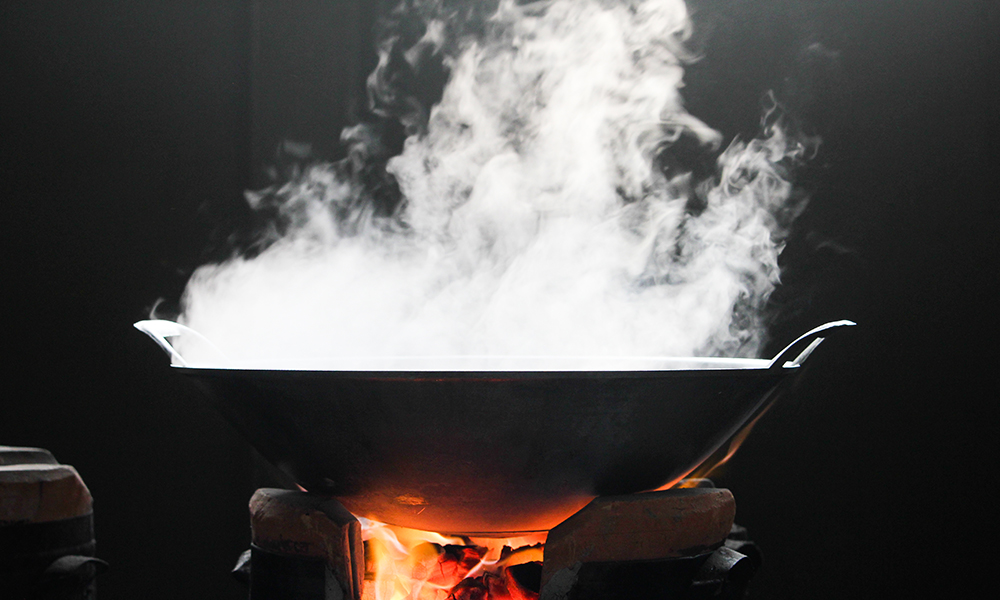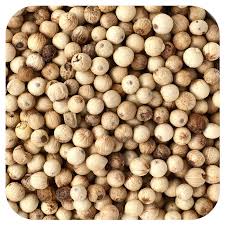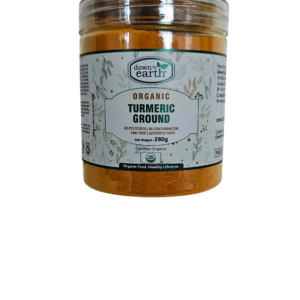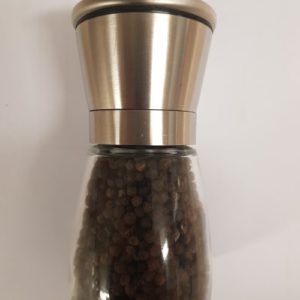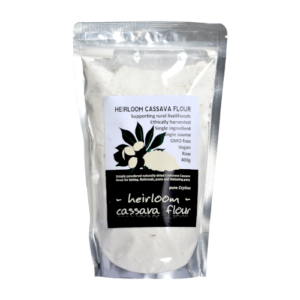WHAT IS AN OIL OR FATS SMOKE POINT & WHATS IT MATTER!
One of the most important things you’ll want to consider when picking out an oil or fat for cooking is smoke point. Here’s what you need to know.
Have you ever left oil in a frying pan over high heat, only to turn around and find it billowing with smoke? That’s because every cooking fat, be it butter, lard, or oil, has a smoke point: a temperature at which it stops shimmering and starts sending out some serious smoke signals. Learning how to interpret those signals is a crucial element of any good cook’s vocabulary.
Gaining an understanding of how smoke points affect food, we have to look to where our oils & fats come from and how they’ve been processed. Traditionally, oils are extracted from nuts and seeds through mechanical crushing and pressing or squeezing the oil out of the product being processed.
If the oil is bottled immediately after pressing with no further processes, you’ve got a cold-pressed raw, or “virgin” oil, which tends to retain its natural flavor and color.
Many cold pressed, virgin oils are packed with minerals, enzymes, fats and other compounds that don’t do well when heated too high and tend to be especially susceptible to rancidity; these are the oils best-suited to drizzling, dressings, and lower temperature cooking.
To produce an oil with a high smoke point, manufacturers use refining processes like bleaching, filtering, and high-temperature heating to extract and eliminate those extraneous compounds. What you’re left with is a neutral-flavored oil with a longer shelf life and a higher smoke point. Clarified Butter or ghee is manufactured using this basic concept where the heat sensitive milk solids are extracted from the butter leaving just the fat component which has a very high smoke point.
When it comes to actually cooking with fats, smoking oil isn’t always a bad thing – quite often, you’ll want that wok or skillet to be searing hot. But when a flavour packed, raw or virgin oil or a knob of butter starts sending up smoke signals, you’re headed into a danger zone. Sure, smoke is pesky, but that’s not why you should be concerned. Heated past its smoke point, that fat starts to break down, releasing free radicals and a substance called acrolein, the chemical that gives burnt foods their acrid flavor and aroma. Think a smoke filled stinky kitchen, and bitter, scorched food.
There is another, more serious side effect of that breakdown? As a fat or oil degrades, it’s also getting closer to its flash point, producing ignitable gases that you probably don’t want hovering over an open flame. That said, if your oil starts to smoke, don’t panic. You’re almost definitely not about to spontaneously combust. But unless you’re using a high-smoke point, neutral fat, you’ll at least want to take it off the heat. And if it’s a flavorful oil, give it a sniff and a taste once it’s cooled; if it’s started to develop any unpalatable flavors, just pour it into a disposable container and replace it with a new batch.
“The higher a fat’s smoke point, the more cooking methods you can use it for.”
The higher a fat’s smoke point, the more cooking methods you can use it for. But even if you’ve taken the care to purchase a high-smoke point oil, there are a few things you’ll need to watch out for.
Light, heat, water, and air are the biggest enemies of cooking oils. Most cold pressed flavorful oils that don’t get used quickly in the kitchen, like avocado, hazelnut, sesame, and walnut oils, should be refrigerated after opening.
Smoke Point Index
Here’s a handy chart of the smoke points of common oils & fats.
| Type of Fat | Smoke Point | Neutral?* |
| Safflower Oil | 510°F/265°C | Yes |
| Rice Bran Oil | 490°F/260°C | Yes |
| Light/Refined Olive Oil | 465°F/240°C | Yes |
| Soybean Oil | 450°F/230°C | Yes |
| Peanut Oil | 450°F/230°C | Yes |
| Clarified Butter | 450°F/230°C | No |
| Corn Oil | 450°F/230°C | Yes |
| Sunflower Oil | 440°F/225°C | Yes |
| Vegetable Oil | 400-450°F/205-230°C | Yes |
| Beef Tallow | 400°F/205°C | No |
| Canola Oil | 400°F/205°C | Yes |
| Grapeseed Oil | 390°F/195°C | Yes |
| Lard | 370°F/185°C | No |
| Avocado Oil (Virgin) | 375-400°F/190-205°C | No |
| Chicken Fat (Schmaltz) | 375°F/190°C | No |
| Duck Fat | 375°F/190°C | No |
| Vegetable Shortening | 360°F/180°C | Yes |
| Sesame Oil | 350-410°F/175-210°C | No |
| Butter | 350°F/175°C | No |
| Coconut Oil | 350°F/175°C | No |
| Extra-Virgin Olive Oil | 325-375°F/165-190°C | No |
*All neutral oils listed on this chart are refined; though unrefined versions of them do exist, these are the varieties most commonly found in a home cook’s kitchen. Meanwhile, the majority of virgin flavorful oils are expeller-pressed and, though available refined, are often quite costly and less common.
When to Use High Smoke Point Oils
You’ll want to make sure you’re using oils & fats with smoke points at or above 400°F when you’re cooking at high temperatures.
- For Searing: With searing, the goal is to heat meat as rapidly as possible to promote browning. Choose a neutral fat with a high smoke point like Cocavo Light, refined coconut oil, beef tallow, Hi-Oleic Sunflower oil, avocado oil and heat it until it just starts smoking before adding your meat.
- For Sautéing: You don’t need smoking hot oil for a good sauté – Cocavo Hot Wok oil, olive oil, Cocavo Ghee and other medium smoke point fats will do the trick just fine, so long as you keep a close eye on the stove. Heat a small amount of oil until shimmering or, at most, lightly smoking, and then add your ingredients, stirring as per recipe directions.
- For Deep-Frying: Your best bet with deep-frying is to always use a thermometer. Pick a high smoke point, neutral oil like Cotton Seed Oil that can be heated at least 50°F above your intended frying temperature to account for temperature drops when ingredients are added.
- For Stir-Frying: Wok cooking is fast, and relies on a thin coating of smoking-hot oil to lubricate your food—the idea is to brown those ingredients and develop their flavor while retaining a crisp, fresh crunch. You’ll want a really high smoke point oil, like Cocavo Hot Wok oil, Refined coconut oil or Cocavo Hi-Oleic Sunflower oil for best results.

